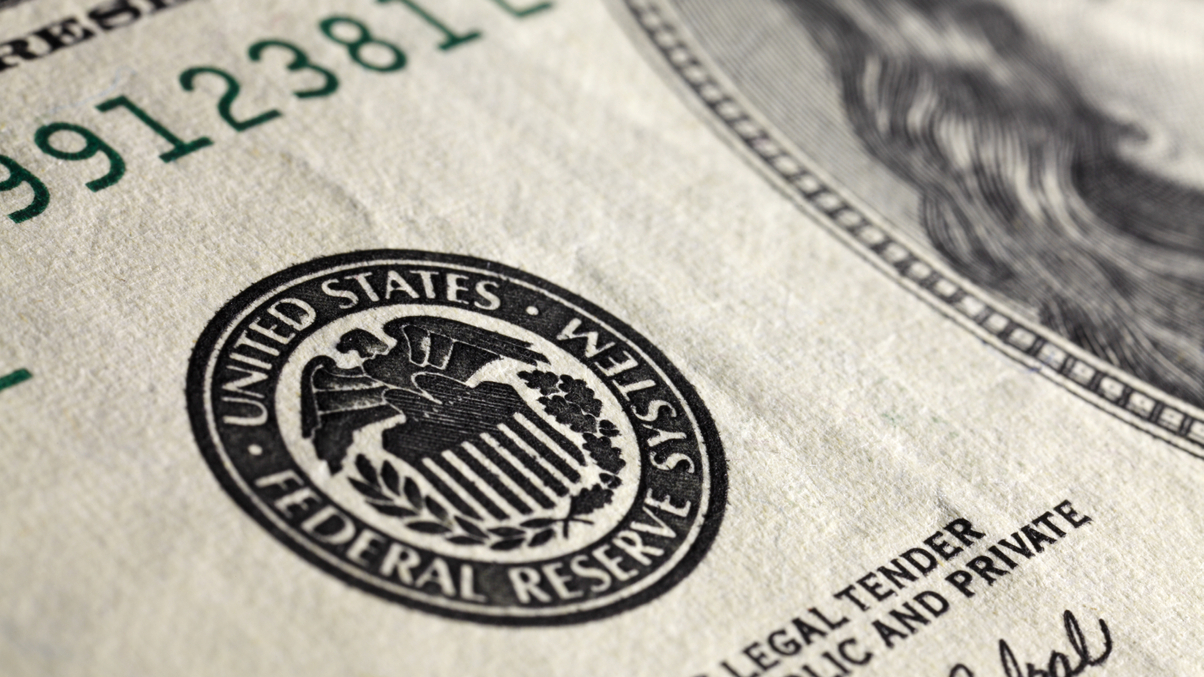Market Views: What does Powell’s reappointment mean for investments?
The news of Jerome Powell's reappointment as chairman of the Federal Reserve reassured investors that the central bank would continue current policies.

Investors expect the reappointment of Federal Reserve Chairman Jerome Powell to have only a limited immediate impact on asset allocation strategies, seeing it as a signal that the Fed will continue with the current pace of rate hikes and tapering.
Sign in to read on!
Registered users get 2 free articles in 30 days.
Subscribers have full unlimited access to AsianInvestor
Not signed up? New users get 2 free articles per month, plus a 7-day unlimited free trial.
¬ Haymarket Media Limited. All rights reserved.


